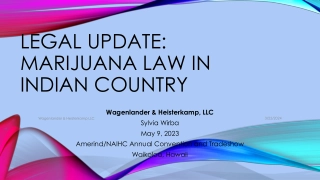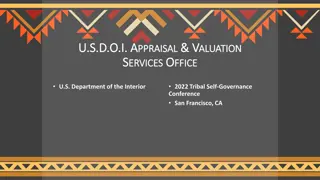New Right-of-Way Regulations and Tribal Jurisdiction Overview
The article discusses new right-of-way regulations proposed in 2014 and finalized in 2015, focusing on tribal jurisdiction over non-members on rights-of-way. It explores the impact on tribal lands and civil jurisdiction, detailing the Secretary's grant of rights-of-way and the implications on Indian tribes' sovereign powers.
Download Presentation

Please find below an Image/Link to download the presentation.
The content on the website is provided AS IS for your information and personal use only. It may not be sold, licensed, or shared on other websites without obtaining consent from the author. Download presentation by click this link. If you encounter any issues during the download, it is possible that the publisher has removed the file from their server.
E N D
Presentation Transcript
Straightening Strate? Interior s 2015 Right-of-Way Regulations and Tribal Jurisdiction over Non-Members on Rights-of-Way Monte Mills Alexander Blewett III School of Law, University of Montana
Overview Purposes for/terms of new right-of-way regulations Strate and subsequent case law How might future challenges play out? Facial challenge Specific challenges
New ROW Regulations Proposed Rule in June 2014(79 FR 34455): comprehensively update and streamline the process ; Based on updating and streamlining of leasing process under final leasing regs issued in December 2012; Timelines, deference to tribes on compensation, limiting bases for disapproval; Relying on general statutory authority of 1948 Act (25 U.S.C. 323-328); Clarified status of a right-of-way as an interest in land but does not pass title to grantee, therefore...
New ROW Regulations Unless otherwise expressly stated in its consent to the right-of- way for tribal land, or in a tribal authorization for a right-of-way for individually-owned Indian land, the Secretary's grant of a right-of- way does not diminish to any extent: (1) The Indian tribe's jurisdiction over the land subject to the right- of-way; [or] (4) The Indian tribe's inherent sovereign power to exercise civil jurisdiction over non-members on tribal land by regulating, through taxation, licensing, or other means, the activities of non-members who enter into consensual relationships with the Indian tribe or its members - 79 FR 34464 (proposed section 169.008(e))
New ROW Regulations Final Rule published on Nov. 19, 2015 (80 FR 72492) Extended comment period on Proposed Rule: 176 written comments: 89 from tribes, tribal organizations, or members; 12 from state, county, other local governments; 45 from utility companies (electric coops, oil and gas, telephone, railroad, etc.) Final Rule maintained general purposes of Proposed Rule but added that it would clarify tribal jurisdiction over lands subject to a right-of-way
New ROW Regulations New 25 C.F.R. 169.10: 169.10 What is the effect of a 169.10 What is the effect of a right underlying parcel? underlying parcel? A right-of-way is a non-possessory interest in land, and title does not pass to the grantee. The Secretary s grant of a right-of-way will clarify that it does not diminish to any extent: right- -of of- -way on way on a tribe s jurisdiction over the a tribe s jurisdiction over the (a) The Indian tribe s jurisdiction over the land subject to, and any person or activity within, the right-of-way; [or] (d) The Indian tribe s inherent sovereign power to exercise civil jurisdiction over non-members on Indian land;
New ROW Regulations Preamble: The fact pattern, and, therefore, the cited holding, in Strate does not apply to rights-of-way granted under these regulations because the regulations and grants establish continued tribal jurisdiction over the granted land.
Strate v. A-1 Contractors, 520 U.S. 438 (1997) We can readily agree, in accord with Montana, that tribes retain considerable control over nonmember conduct on tribal land [but] the right-of-way is open to the public; traffic on it is subject to the state s control; The Tribes have consented to, and received payment for, the State's use of the 6.59 mile stretch for a public highway; The[ Tribes] have retained no gatekeeping right. So long as the stretch is maintained as part of the State's highway, the Tribes cannot assert a landowner's right to occupy and exclude.
Strate v. A-1 Contractors, 520 U.S. 438 (1997) We therefore align the right-of-way, for the purpose at hand, with land alienated to non- Indians. Our decision in Montana, accordingly, governs this case.
Aftermath Wilson v. Marchington, 127 F.3d 805 (9th Cir. 1997) County of Lewis v. Allen, 163 F.3d 509 (9th Cir. 1998) Burlington Northern Railroad Co. v. Red Wolf, 196 F.3d 1059 (9th Cir. 1999) Big Horn Electric Coop. Inc. v. Adams, 219 F.3d 944 (9th Cir. 2000) Nord v. Kelly, 520 F.3d 828 (8th Cir. 2008) But: McDonald v. Means, 309 F.3d 530 (9th Cir. 2002)
Challenges Western Energy Alliance v. DOI, et al (filed March 2016). Facial challenge to entire ROW rule Complaint alleged rule exceeded DOI s delegated authority (partly because it seeks to bestow tribes with jurisdiction over non-Indians within [rights- of-way] ) and that it was contrary to law because its provisions on tribal jurisdiction are directly contrary to existing case law confirming that tribes are without jurisdiction to regulate non-Indian conduct on lands that have lost their Indian character and are viewed as alienated, non-Indian land such as rights-of-way Other interest groups and Three Affiliated Tribes sought intervention Court ruled on PI motion before case was voluntarily dismissed
Challenges Judge Hovland not a fan: The passage of the Final Rule by the Department of the Interior arguably appears to have been ill-advised, unnecessary, devoid of common sense, and will result in a never-ending invitation to future litigation. Nevertheless, this Court is not free to substitute its judgment for the agency s discretion, or overturn the rule simply because the Court may have reached a different outcome. [Questions of tribal jurisdiction] are fact intensive, contingent on future events, and require the application of United States Supreme Court case law and other federal case law, rather than the simple citation of an administrative rule.
Challenges Suffice it to say the need for this new Final Rule is unclear at best, particularly when the long-established process for obtaining BIA grants of rights-of-way across tribal lands seems to have worked relatively well for more than 60 years. The undersigned is very familiar with the process for obtaining grants of rights-of-way on reservation lands in North Dakota, as a direct result of significantly increased oil field activity in western North Dakota. Although the current regulations may arguably have been in need of some updates and modernization, the Final Rule will likely create far more confusion, chaos, and litigation than what the Department of the Interior ever contemplated.
Challenges The Secretary s grant of a right-of-way will clarify that it does not diminish to any extent: (a) The Indian tribe s jurisdiction over the land subject to, and any person or activity within, the right-of-way; [or] (d) The Indian tribe s inherent sovereign power to exercise civil jurisdiction over non-members on Indian land;
Challenges Prospective only? The question of whether tribal law or taxes apply to preexisting right-of-way grants after the effective date of the new regulations is not before the Department at this point, but to the extent any preexisting right-of-way is assigned or amended, the provisions of the new regulations govern. 80 FR 72502. Will tribes have to deal with delegation of authority/APA issues in addition to jurisdictional questions? Is there any jurisdiction to diminish? Will the nature of the right-of-way to be granted influence the court s decision regardless of the regulatory language and the language of the grant of right-of-way? Other factors cause a court to interpret away the jurisdiction and authority purportedly reserved? Will it matter anyway? If the Supreme Court ultimately extends Montana to tribal land...
Challenges...met? Be specific about examples of reserved authority as conditions of consent; Support underlying jurisdictional authority give them Montana reasons too?; As explained above, and required by the 1948 Act, tribal consent is required for the right-of-way. Therefore, the consensual relationship exception applies. 80 FR 72504. Regulations and terms of grant preserve tribal access to area to assess health and safety issues (25 C.F.R 169.125(c)(1)) Be prepared to address broader jurisdictional concerns (i.e., non-member consent, misperception of tribal courts, perceived fairness/due process issues).
Thank you! Monte Mills monte.mills@umontana.edu 406.243.2544
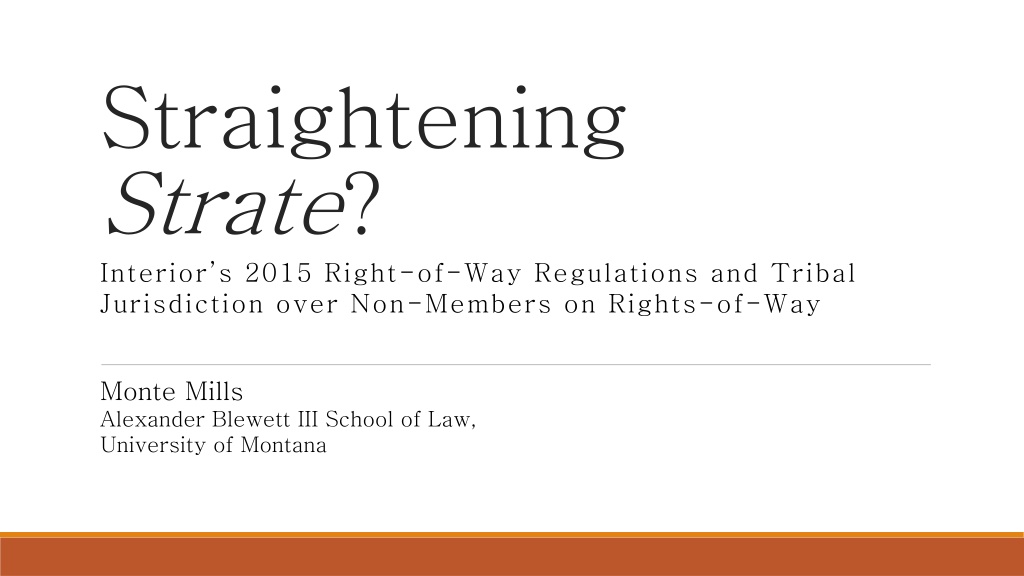

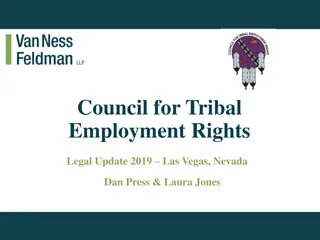
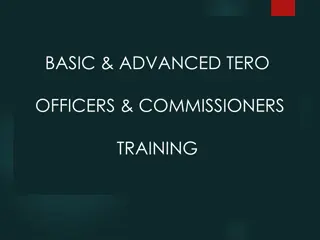
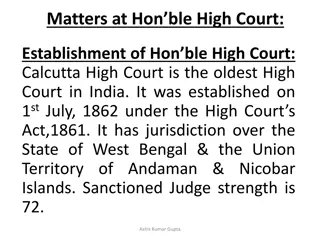
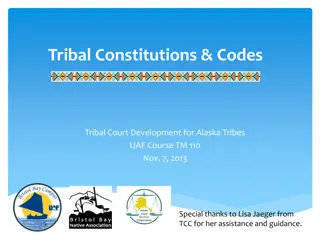
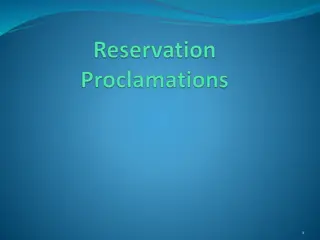

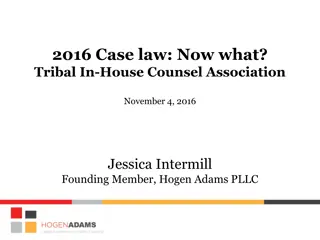
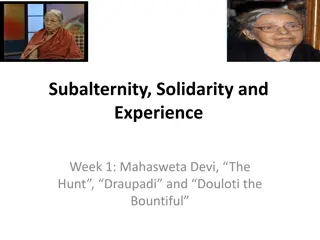
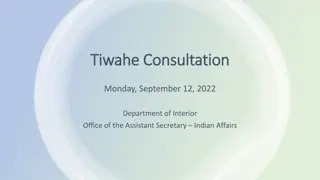
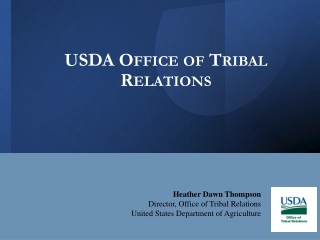
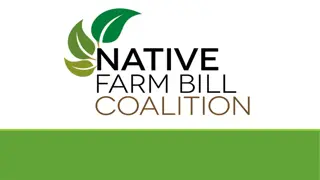
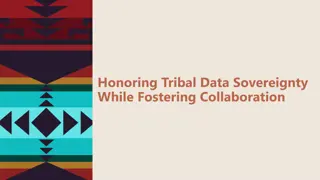
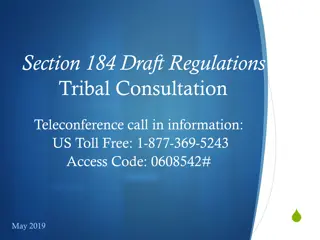
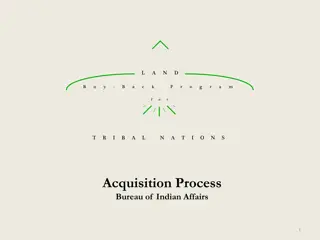
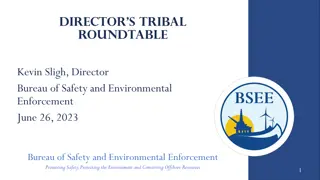
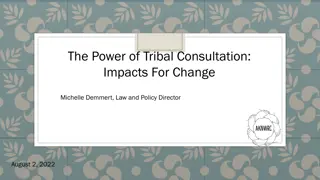
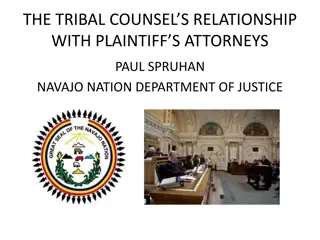
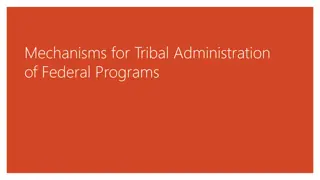

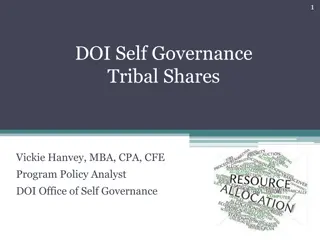
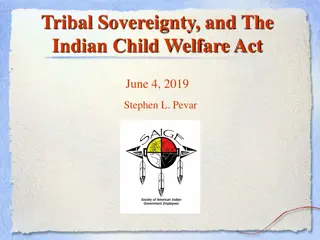
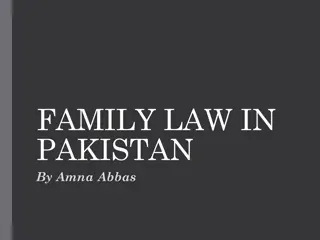
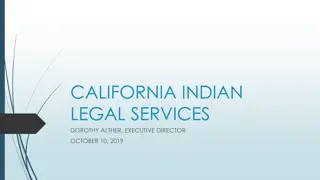
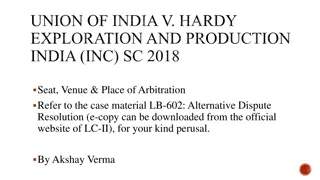
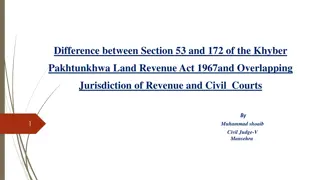
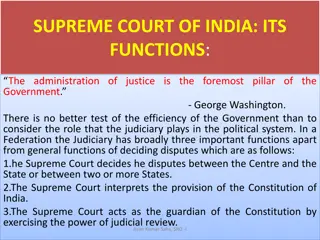
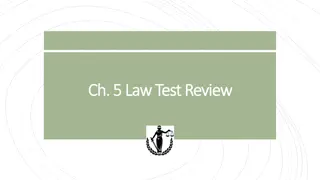
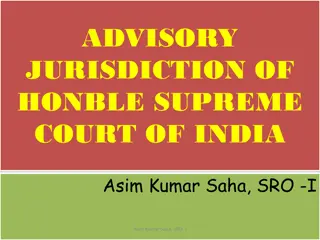
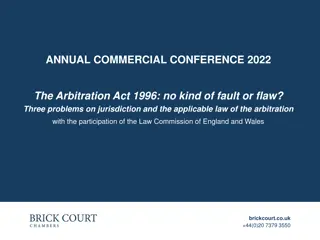
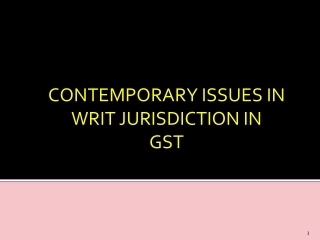
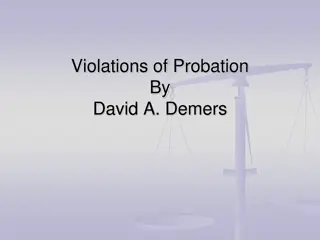
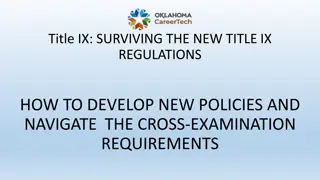
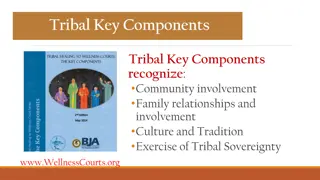



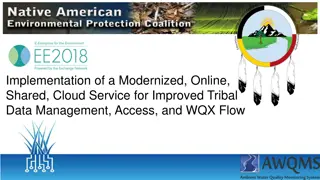
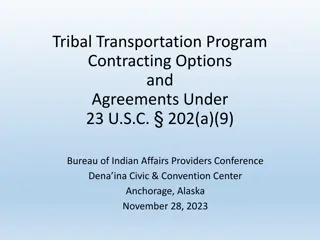
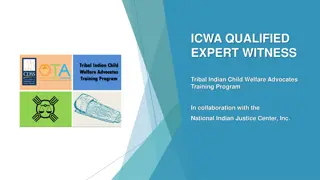
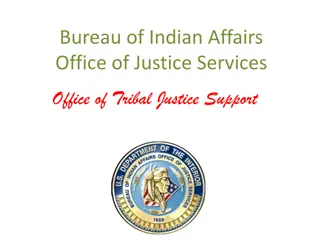
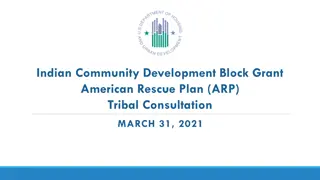
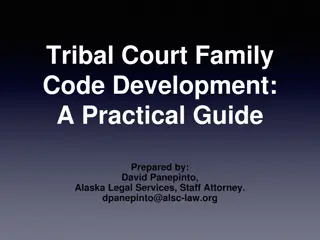
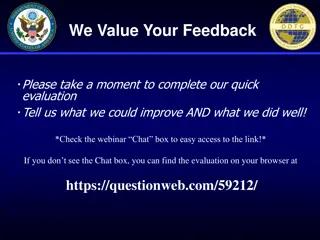
![Homeowner's Guide to Accessory Dwelling Units (ADUs) in [Jurisdiction]](/thumb/179471/homeowner-s-guide-to-accessory-dwelling-units-adus-in-jurisdiction.jpg)
